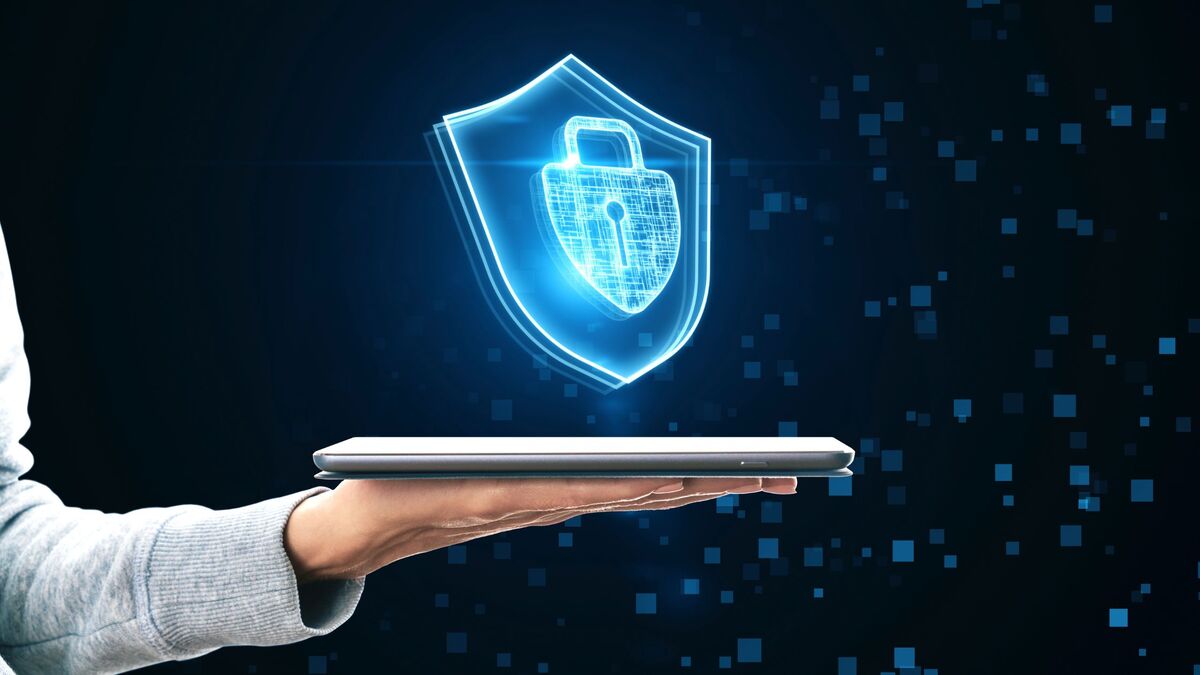In our increasingly digital world, cybersecurity has become a critical concern for individuals, businesses, and governments alike. As technology evolves, so do the threats posed by cybercriminals. This article delves into the ever-evolving landscape of cybersecurity, examining the current threats, innovative solutions, and best practices to safeguard against cyber attacks.
Growing Threat Landscape:

Cyber threats have grown in sophistication and frequency, presenting significant challenges to cybersecurity professionals. From ransomware attacks to phishing scams, cybercriminals employ various tactics to exploit vulnerabilities and gain unauthorized access to sensitive data. The rise of interconnected devices in the Internet of Things (IoT) has further expanded the attack surface, creating new avenues for exploitation.
Common Cybersecurity Threats:

- Malware: Malicious software designed to disrupt operations, steal data, or gain unauthorized access to systems.
- Phishing: Deceptive emails, messages, or websites used to trick individuals into revealing sensitive information.
- Ransomware: Malware that encrypts files or systems, demanding payment for their release.
- Insider Threats: Malicious actions or negligence by individuals within an organization, intentionally or unintentionally compromising security.
- DDoS Attacks: Distributed Denial of Service attacks that flood networks or websites with traffic, causing disruption or downtime.
Innovative Solutions:

To combat these evolving threats, cybersecurity professionals are turning to innovative solutions and technologies. Artificial intelligence and machine learning play a crucial role in threat detection and response, enabling systems to identify and mitigate potential risks in real-time. Advanced encryption methods and multi-factor authentication strengthen data protection and authentication processes, reducing the risk of unauthorized access.
Additionally, organizations are adopting proactive approaches to cybersecurity, such as penetration testing and vulnerability assessments, to identify and address potential weaknesses before they can be exploited by cyber attackers. Security awareness training programs educate employees about cybersecurity best practices, empowering them to recognize and report suspicious activities, reducing the likelihood of successful attacks.
Best Practices for Cybersecurity:

- Keep software and systems up to date with the latest security patches and updates to mitigate known vulnerabilities.
- Implement strong passwords and multi-factor authentication to secure access to accounts and systems.
- Regularly back up important data and store backups in secure, off-site locations to prevent data loss in the event of a ransomware attack.
- Encrypt sensitive data both at rest and in transit to protect it from unauthorized access.
- Monitor network traffic and system logs for signs of suspicious activity, enabling early detection and response to potential threats.
- Educate employees about cybersecurity risks and best practices through regular training and awareness programs.
- Develop and enforce cybersecurity policies and procedures to ensure consistency and compliance across the organization.
A Visual Guide on Evolution of Cybersecurity:
Conclusion:
As cyber threats continue to evolve, the importance of robust cybersecurity measures cannot be overstated. By staying informed about emerging threats, implementing innovative solutions, and adhering to best practices, individuals and organizations can better protect themselves against cyber attacks and safeguard their valuable data and assets in an increasingly digital world.
FAQs:
Cybersecurity refers to the practice of protecting systems, networks, and data from cyber threats, such as unauthorized access, data breaches, and cyber attacks.
Common cyber threats include malware, phishing scams, ransomware attacks, insider threats, and Distributed Denial of Service (DDoS) attacks.
Enhance your cybersecurity by keeping software up to date, using strong passwords and multi-factor authentication, regularly backing up data, encrypting sensitive information, and educating yourself and your team about cybersecurity best practices.
Cybersecurity is important because it protects sensitive data, preserves privacy, maintains the integrity of systems and networks, and ensures business continuity by preventing disruptions from cyber attacks.
If you suspect a cyber attack, immediately disconnect affected devices from the internet, report the incident to your organization’s IT department or cybersecurity team, and follow their instructions for containment and remediation.










